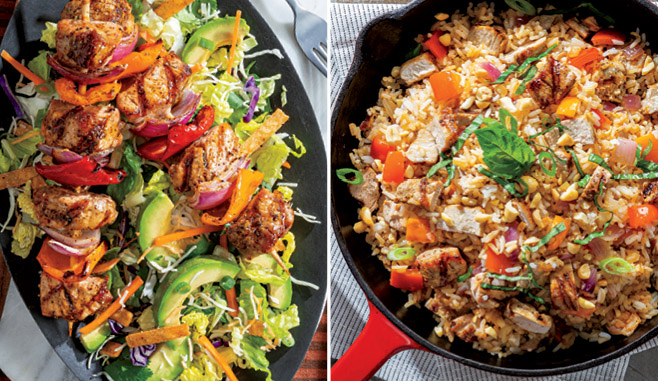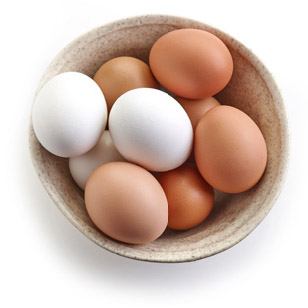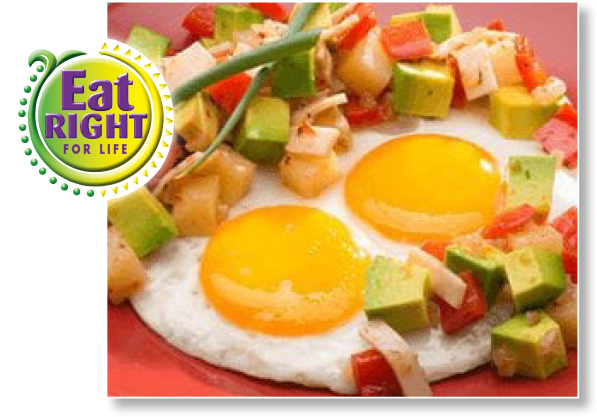
September 29, 2020
Two for Tuesdays – Cook Once for 2 Meals!
Batch cooking where you make double portions is great for some recipes (think prepping 2 casseroles at one time and freezing the 2nd one). But, you can also cook up extra servings of meat, grains, pasta, etc. and use them in different ways. The folks at InSeason have kicked that concept up a notch with some flavorful kabobs. Instead of just a re-heat of the same menu on a 2nd day, change up the flavor profiles.
Fire up the grill and prepare extra meat and veggies that can be included in a 2nd (or even a 3rd) meal for the week. Day 1 is a delicious salad with a southwestern profile and Day 2 offers an Asian profile featuring fried rice. Let these recipes inspire you or add your own flair!











